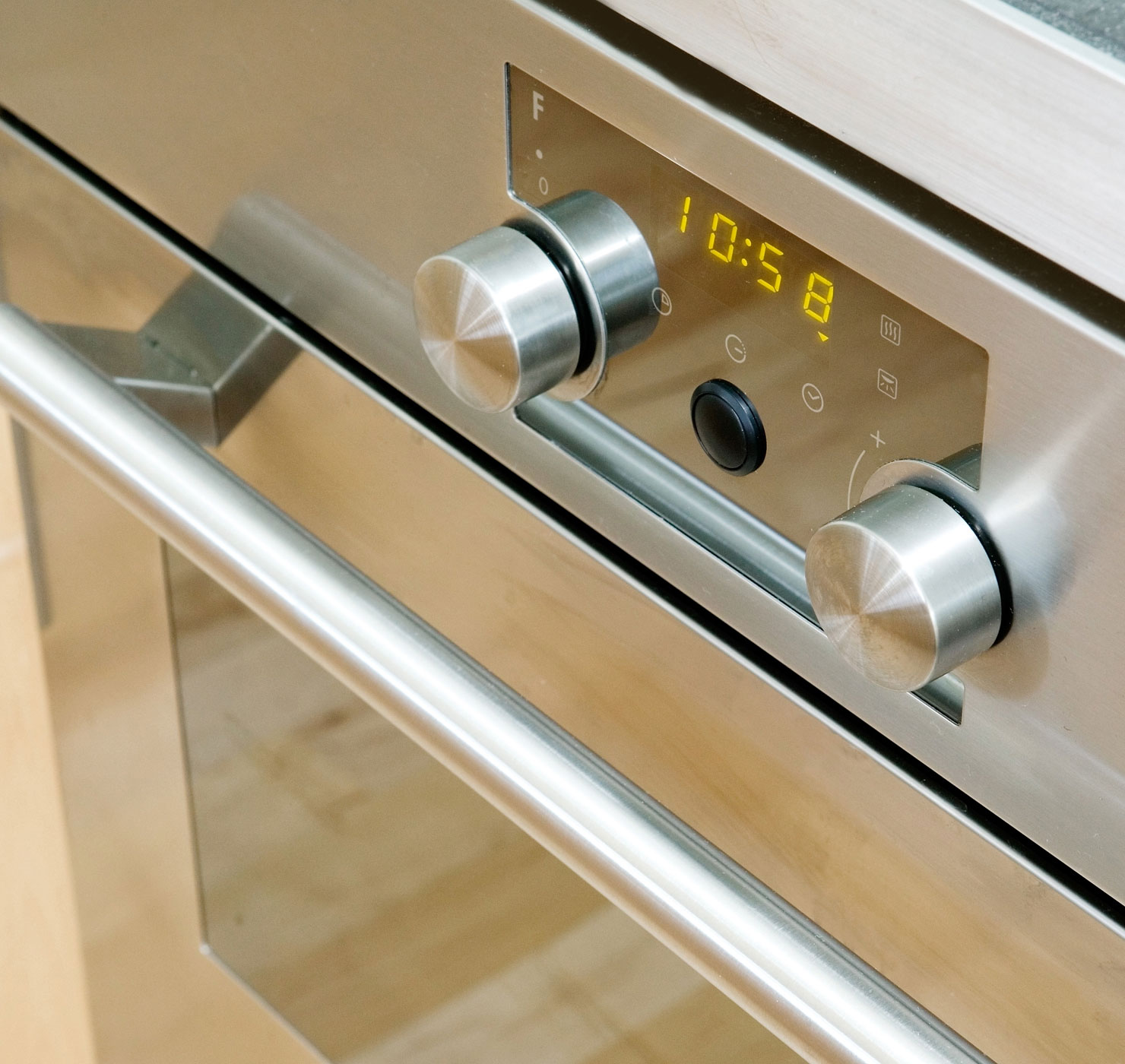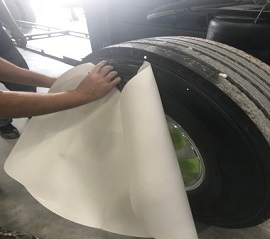



Learning Center
At Budnick, we're focused on making sure you have the knowledge base you need to make the right decisions for your projects.
Download the eBook

One of the biggest missteps you can make in your adhesive selection process is assuming that all tapes are the same. So much goes into whether an adhesive will work for your particular application, and you should consider each factor when picking out an ideal product. It's important to match the properties of your adhesive to the needs of what you're bonding.
At Budnick.com we've always made it our primary goal to educate our customers as best we can, and our Tape101 eBook and learning center is the next step in that process. We've outlined the basic steps to follow and questions to ask throughout the process of identifying an adhesive so you can approach each project with the knowledge you need to make the best decisions. Feel free to browse through the basics of tapes, or for a more in-depth overview, download our free eBook here!
Case Studies

Case Study Oven Door Assembly
Using an expensive multi-layered double coated foam for gap filling in their oven doors was creating problems for a major appliance manufacturer.
- Developed a better solution with a custom product that fully fit their needs
- Improved the customer's application methods in the process
- Helped both the customer's bottom line and their production line workers

Case Study Converting Experts
An automotive supplier could only purchase rolled product, but the application called for short pieces
- Sheets containing four individual pieces met the customer's need
- A custom die was made to cut parts to length with a minimum amount of bevel on the product
- The material maintained its cord, and the presentation saved production time

Case Study Efficiency
An interior sign manufacturer came to Budnick looking to solve several issues within their applications, products, and production processes.
- Budnick's in-depth process audit was performed to analyze current systems
- Suggested alternative tapes that outperformed previously used tapes and liquids
- Working directly with the customer’s team led to optimal efficiency implementations



